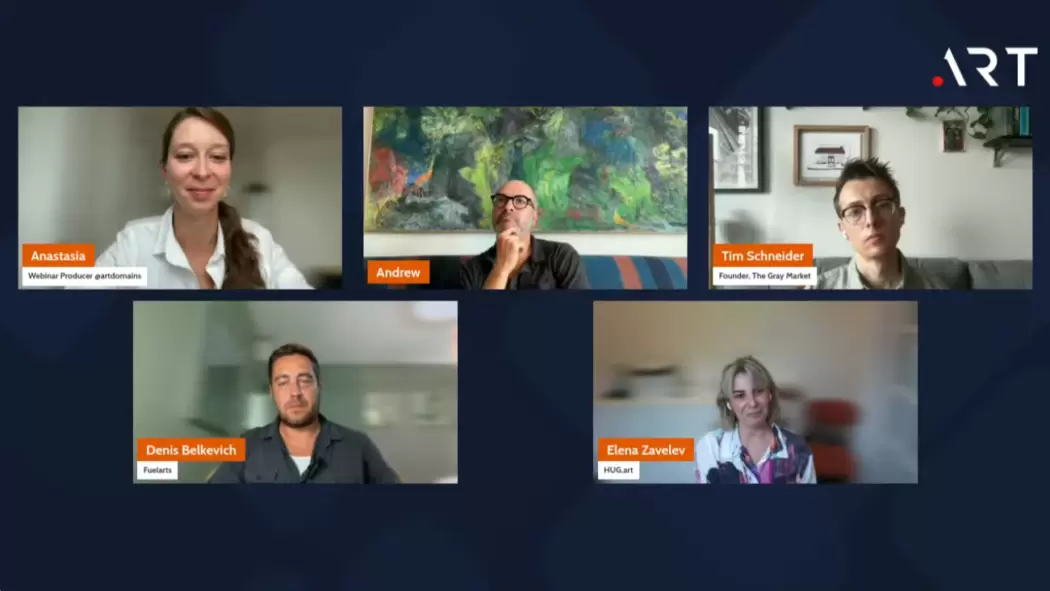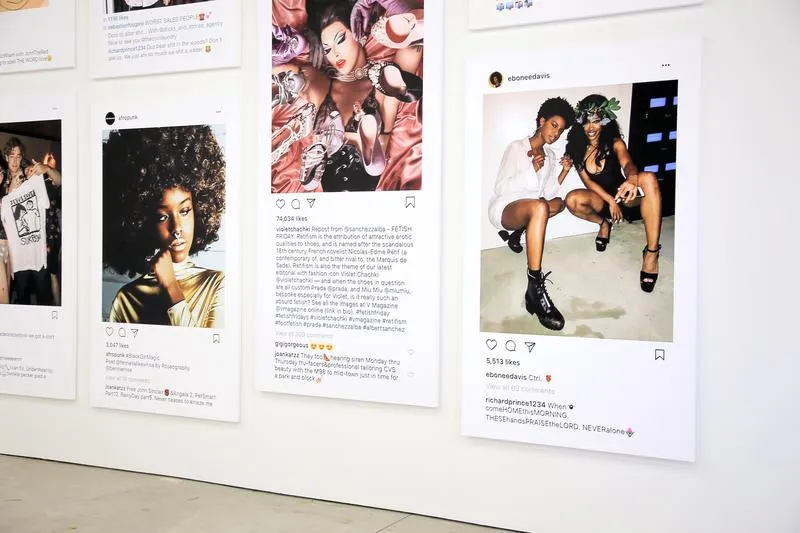Any Kind of Human Activity is an Art: Creative Industry Reimagined
Founder of .art Domains Ulvi Kasimov contemplates a new economic order for creative industries, where each and every artwork becomes an asset through digitisation.


Dedicated to the creation of .art Digital Twin. Details at ip.art
Art. Today, this word often refers to the process/product of organising matter in order to influence feelings, emotions, intelligence, etc.
The fact that art arose and developed alongside humanity is clear. It is also obvious that art marks the beginning of all human activities. Expressions the art of war, the art of agriculture, the art of diplomacy, or the art of carpet weaving are not coincidental.
Any kind of human activity is an art form in itself. It is such a long-term and comprehensive process that we are no longer aware of it, just as we don’t notice the sky above our heads in everyday life.
Why are we talking about this? Look around: the environment we originate from and exist in has been neglected for a long time. Lately, however, we began to realize that indifference to the environment is having a negative impact on us as species.
This is how the Kyoto Protocol came into being, committing state parties to reduce greenhouse gas emissions. All kinds of environmental laws, rules and regulations now indicate our attitude to the importance of this problem.
The environmental issue is firm on our agenda, so there is some hope of preserving the planet. But what about arts and culture?
After all, we can say that historically, the art industry has been rather privileged. It was always taken care of by the nobility and rulers. Masters of art have always been well-known and respected. This is still largely the case today. There is a plethora of museums, galleries, exhibitions. Art is on the agenda, that much is noticeable. So, what exactly is wrong?
In my opinion, the place of any phenomenon in today’s world should be assessed by the degree of its integration with the rest of it. No one can argue that cars, and transport in general, for instance, are an integral part of our lives, and much more so than art. This can be understood by simply comparing the annual sales of paintings and cars. This comparison will not be in favour of art.
Today’s economic order implies that goods must be moved instantly. At least, the faster the better. Therefore, something that can be moved quickly might cost more, but be more likely to participate in the economic turnover. If a product does not possess this “fast legs” quality, it can be attributed to it by way of converting it into futures and derivatives. Grain, for instance, is a commodity that cannot be moved quickly, but one can buy grain futures. A non-transferable coal mine can be easily “moved” when turned into shares on a stock exchange.
If you accept this hypothesis and look at art, you can see that it has no “legs” or “handles” in the economic “jungle”, but they can be easily given to it if you look at art as a type of economic activity.
If you imagine that one day each art object will have an ID, you will realise what exactly that will entail. Firstly, the problem of provenance is removed. That is, the origin of an art object is confirmed by generally accepted procedures and certified by generally recognized institutions. This cannot, of course, completely eliminate fraud, just as modern financial institutions do not protect against counterfeiters. At the same time, the issue of counterfeiting money has been brought into the sphere of law reinforcement system. The same will happen with unauthorised copies and outright forgeries in the arts.
One can begin the certification process with living authors. It is obvious that with a living author, it will not be difficult to determine the authenticity of all his works, or at least the part of them that he claims. The question of provenance becomes the question of a single register, similar to property and other securities.
How .ART Domains Are Taking Artists Online Read More How to register a business email on .ART Read More Portfolio on .ART: How to showcase your creative work in 4 simple steps Read More
Secondly, works of art will become assets. A picture hanging in a gallery will change owners with the speed of transactions.
Thirdly, it allows one to exercise a large number of related activities around this new type of asset. Evaluation, promotion, branding – you name it. This will inevitably lead to an increase in the cost of an art piece.
To what extent, though? You can try and predict that, too. Take the most notorious Da Vinci painting, the Mona Lisa, the insurance value of which is calculated in billions of dollars. And compare it with a related object – an item by a Top-10 brand. It turns out that even the Mona Lisa has been undervalued dozens of times. Only the lack of valuation mechanisms constrains its true price.
That’s Mona Lisa, so one can only imagine the extent of undervaluation when it comes to less famous works of art. They might be undervalued hundreds, thousands of times.
What else might be important in this context? When one buys a company share, they cannot and should not immediately see and “feel” it. With art, however, the Internet can provide such an opportunity. The time for ultra-precise, total digitisation is just around the corner. Therefore, the circulation of derivatives of the original painting is also a market.
And we will bear witness to it very soon.






